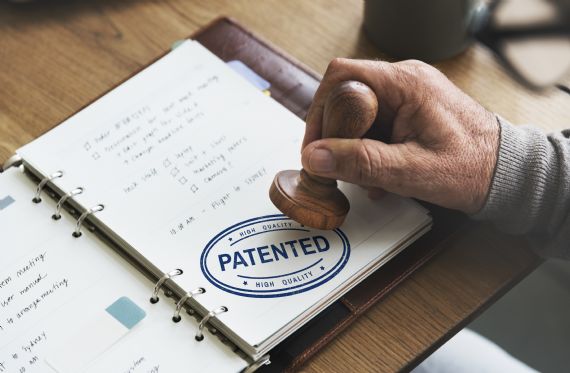Patent Application- How to file one in the US?

Imagine you have a great product idea. Your idea can help to solve a pressing issue and lead to humongous profits for you in the long run. But these very same factors can also make your idea enticing to others businesses. And to protect it from being stolen, you need to apply for patent rights. Applying for a patent application can help you secure your product or idea behind it. It is a way to secure exclusive rights on your products so that no one else can use or imitate it.
Moving on, applying for patent rights is a relatively simple process. Unless the patent raises any complex legal issues, you can handle the process on your own. Here, we will look at the various steps involved in filing an application in the US.
Steps to Filing a Patent Application in the US
The USPTO specifies the rules regarding patents applications. You can follow the below-mentioned guidelines to easily apply for your patent rights in the US.
1. Document Your Invention Process
Invention happens in two steps: conceptualization of the idea and reducing it to practice. It is important to explicitly document both steps before applying. For instance, if your invention involves developing a new machine, you must document how you got the idea for the machine as well as the actual steps of creating it.

Depending on the type of invention, you may even create a prototype that helps the authorities to visualize your product. Document all these efforts and get the papers authenticated by two dependable witnesses for patent application.
2. Make Sure that Your Invention Qualifies for Patent Rights
It is important to understand that the IP you wish to protect qualifies for a patent. For instance, many business owners looking for protection of original logo, website, domain name, creative products, customized software, etc. try to apply for a patent. However, these intellectual properties are meant to be protected by copyright and trademark, and not patent.
In order to file a patent application, you must have an invention. Also, this invention must be very different from the other inventions in the field.
3. Conduct an Exhaustive Patent Search
Before you file your patent application, it is advisable to conduct thorough research. This will include investigating all the previous developments in your field to ensure your invention is novel. You can search the US patents as well as scientific journals to find all the patented inventions so far.
It is important to understand that this is a time-consuming process. You can begin your search online and even visit the Patent and Trademark Depository Library to take the research further. If you find the process too taxing, you can take the help of a professional.
As you conduct your search, you may come across similar inventions and developments. You can choose to include these inventions in your application and show how yours is different from them.
4. File An Application With the USPTO
Finally, the last step to securing your patent rights includes applying with USPTO. Here, you have two options. You can either apply for a Provisional Patent Application, i.e. PPA or a Regular Patent Application, i.e. RPA.
The PPA is an application in a brief form. Filing this type of patent application enables you to claim ‘patent pending’ status for your invention. Also, in this case, you only need to pay a fraction of the total cost and submit a description of the invention. Typically, the cost for a PPA is $65 for micro-entities, $130 for small entities, and $260 for big organizations.

Once you have filed a PPA, you must file an RPA within one year of the application. Failure to adhere to the timeline will make your PPA claim null and void.
Moving on, once you file the RPA, the examination process at the USPTO begins. Once all the formalities are completed, you will secure your patent rights.
Wrapping Up
A lot of inventors have successfully filed a patent application on their own without the help of a lawyer. Even the USPTO encourages inventors to apply without any lawyer’s help. However, in case the patent is very complex or involves legal issues, you can consider hiring a good attorney. His experience and expertise will help you protect your interests.
